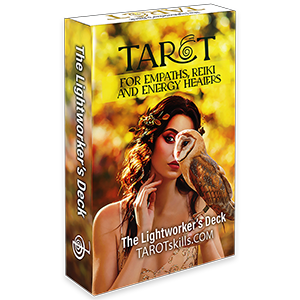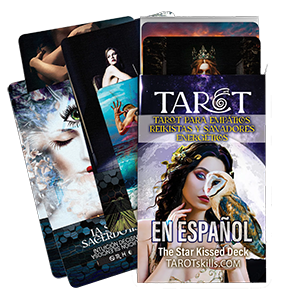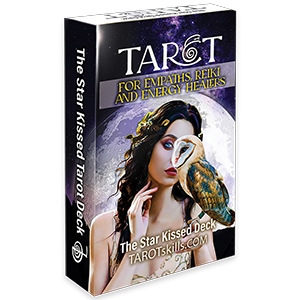12 The Hanged Man
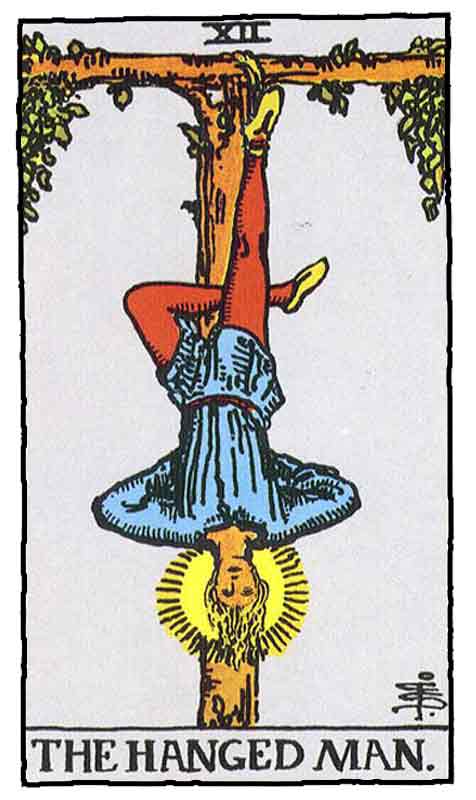
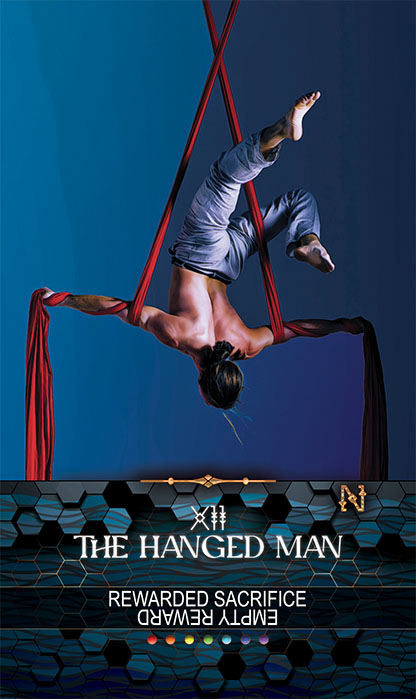
The Hanged Man embodies a willingness to suffer a high price to obtain a rare value.
In a tarot reading, it is about the inquirer (querent), someone close to the inquirer, or a hidden aspect within the inquirer that needs to be acknowledged for the inquirer to reach their highest consciousness. The happiness the inquirer is seeking can be found by answering a question:
Why is the reward important enough to pay the cost (or not)?
It is import to consider that this is a Major Arcana card (trump card), which carries a message that signifies an event that will forever change lives. When it appears the universe wants you to focus on feelings about value and price.
Don’t let the set structure of the Tarot distract you from its primary use as an intuitive divination tool. Use the keywords, images, and symbols of the card to tap into your intuition and deeper inner knowing.
The Hanged Man
Upright= Reward Sacrifice
Reversal=Empty Reward
Element= Water (which influences love and emotions).
Yes or no=This card is it typically a no.
EL AHORCADO
VERTICAL= SACRIFICIO RECOMPENSADO
INVERTIDA= SACRIFICIO EN VANO
Fun Fact: The Hanged Man is the only card in the tarot based on a Norse God. The story goes that Odin voluntarily hung up-side-down from the Tree of Life for nine days to earn the knowledge of the Runes.
The Hanged Man holds Primary Zodiac influence for the water signs, and the Elemental Zodiac relates to Cancer, Scorpio, and Pisces.
The signs are less important than the traits they represent because a person has sun, moon and rising signs, and one or more of these is often unknown to the tarot reader. The zodiac for this card relates to traits of sensitivity, focus, and intuition. And, planetary concepts of feelings, fighting, growing, and idealism are seen with: Moon, Mars, Jupiter, and Neptune.
Note: These traditional tarot-astrology references are based on concepts commonly attributed to the secret society knows as the Hermetic Order of the Golden Dawn from the turn of the 20th century.
Everything is a cycle of beginning, middle, and end. The stage of this event is dependent on the reading, and may be related to any month and the energy of any season. The “fool’s journey” is the passage of a soul’s life, with all of its lessons learned, from start to completion. It starts with The Fool and completes with The World.
This card carries the energetic influence of 12. Watch for repeating numbers of 12 after the reading for confirmation of their importance in the reading.
The cards refer to identified traits and energies that balance each other out as opposite but interconnected forces. Some cards are grammatically gendered or depict age. This does not refer to actual biological gender or physical years. Masculine and feminine traits, and levels of maturity, exist in all of us.
Tarot Decks
The image above shows two different decks. The original Rider–Waite tarot deck for tarot card reading, also known as the Waite–Smith, or Rider–Waite–Smith, or Rider tarot deck is the most popular version of cards used today. Illustrated by Pamela Colman Smith, based on the instructions of academic and mystic A. E. Waite, the cards were originally published by the Rider Company in 1909. This deck has long been the gold-standard for learning tarot.
The Lightworker’s Tarot Deck, also shown here, is a beginner deck that uses many of the symbols and colors used in the Rider–Waite deck but also provides modern imagery designed for a rapid sensory-intuition response by today’s new generation of readers. A reader should select a deck based on what feels right for them.

